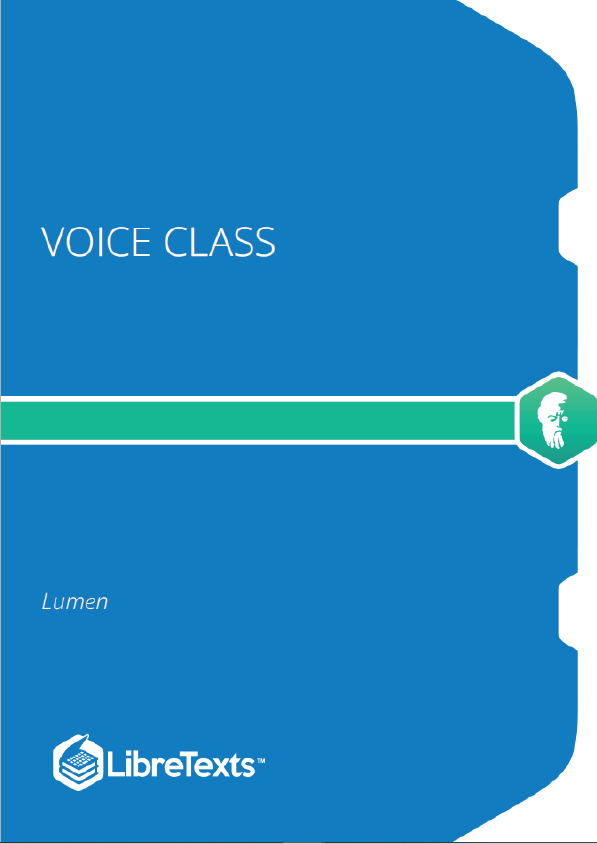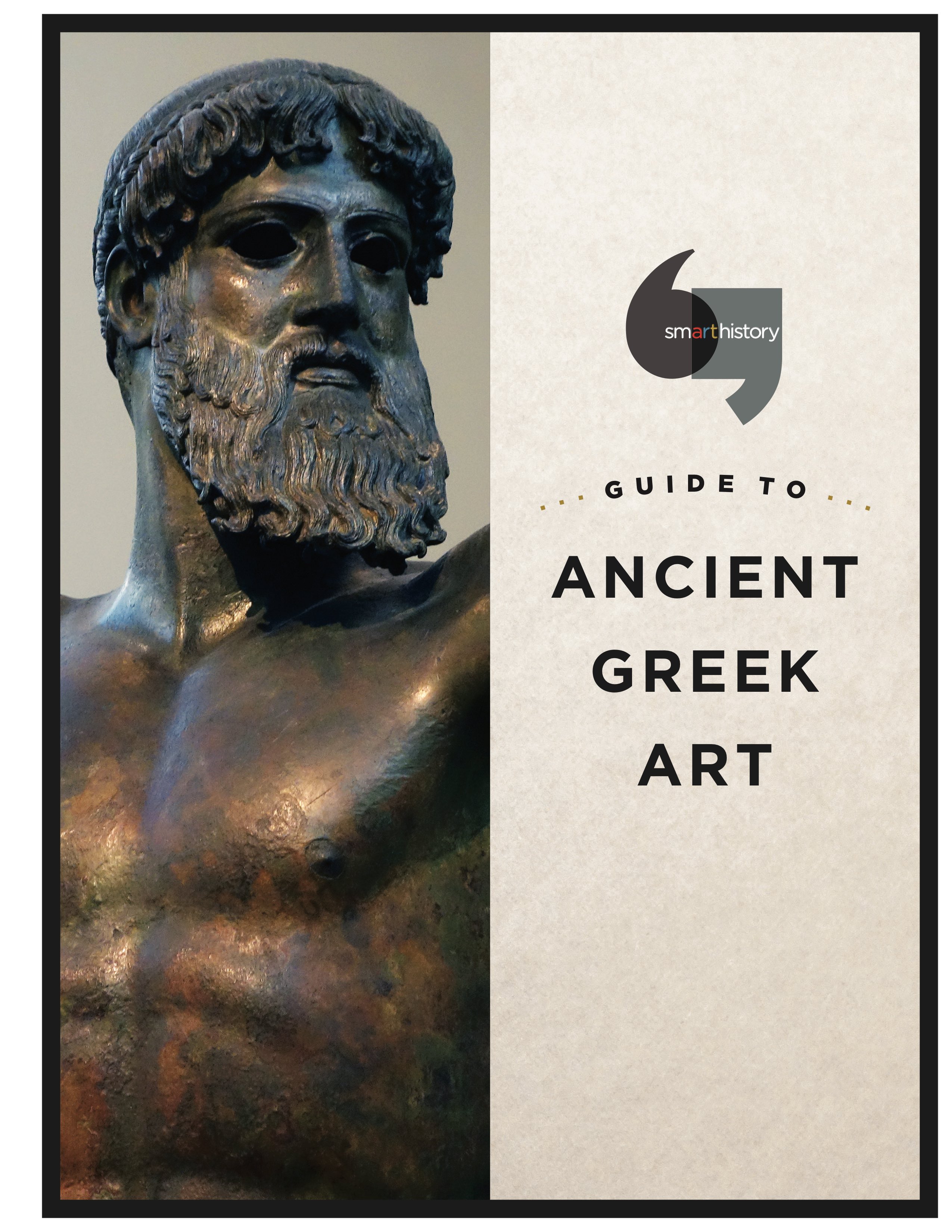Two basic elements of good singing are posture and breathing. Both of these are habits instilled since birth. However, the majority of people have both good and bad habits when coupled with the act of singing. For example, think about how you sit. Do you regularly sit in a chair, on the floor, or in some other way? Do you sit with your legs crossed, up, or down? When you sit, is your back straight, or are you hunched over in some way? Another example with breathing: do you ever think about how you breathe? Do you breathe deeply? Is it hard to breathe for any reason? These are some of the basic questions when becoming aware of your physical habits for the purposes of singing.
When you were a child learning to sit and walk, balance was a process. If you ever watch babies when they first learn to do either of these things, they do not get it right on the first try. The reason is that it takes several muscle groups working together to accomplish these physical tasks. In the nineteenth century, there was a man named F. M. Alexander, who was an actor. He experienced chronic laryngitis when he performed. Because acting involved projecting the voice regularly, he would get sore throats, and the doctors of the time could not determine the cause. He decided to figure it out for himself, and after studying how he spoke when he acted, he realized he was sticking his neck out as he got louder, causing tension in this throat. He would later develop what is known as The Alexander Technique, used worldwide to promote proper posture. (Go to http://www.alexandertechnique.com/ ).
Posture in essence is how we hold ourselves up, typically in a standing or sitting position. Your body utilizes different muscle groups when sitting verses standing. If you are in the best possible posture, you are using the least amount of muscle groups (free of unneeded tension). One common problem with singers is unneeded tension, especially in the neck area. This is caused by a number of factors, but the first one to check is posture. When standing to sing, place both feet about shoulder width apart (one can be slightly in front of the other for balance if necessary). Now the upper body should feel relaxed but aligned. One technique is to imagine there is a string coming out of the top of the back of your head, and someone is pulling just enough to keep you straight. Another technique is to put your arms above your head as if to stretch, then bring them down but leave your body in the same place as the stretch position. When in the sitting position, the upper body (the hip and above) should be in the same position as the standing position.
There are a few ways you can check to see if you are in correct singing posture. First, you can use a mirror, preferably a full-length mirror, and look in the mirror to see if anything is out of place. Second, you can video record yourself, and then look at the recording. Third, have someone you trust look at your posture. And finally, you can just see if you are balanced by placing a hardback book on your head, and not let it fall. One can also check proper alignment by lying with your back on the ground. This limits the number of muscles needed to stay balanced.
Balance of the muscle groups is key to proper posture. Most people habitually sit and stand in some level of bad posture, and this becomes evident if muscles get tired and you have to shift. Another technique to check balance is to stand on one foot for 10 seconds, then the other foot, without falling. The true test is to do either of these with your eyes closed (Don’t try this without something to hold onto in case you lose your balance, like the back of a chair).











